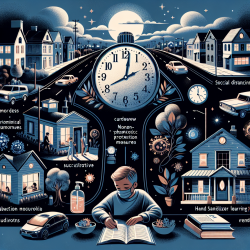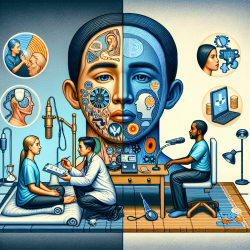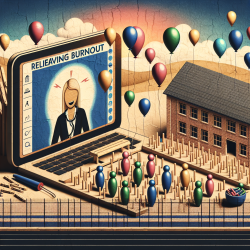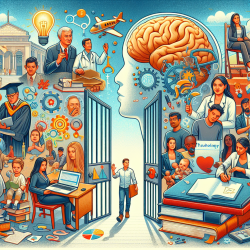Understanding the Impact of Early Evening Curfews on Mobility
The COVID-19 pandemic has prompted governments worldwide to implement various non-pharmaceutical interventions to curb the virus's spread. One such measure is the early evening curfew, which has been a topic of debate regarding its effectiveness. A recent study titled "COVID-19: Early evening curfews and mobility" by Velias, Georganas, and Vandoros (2021) provides insights into how these curfews impact human mobility, which can be a crucial factor in virus transmission.
Key Findings from the Study
The study analyzed the effects of shifting curfews from 9 pm to 6 pm in Greece, using Google mobility data to track changes in mobility patterns. The researchers employed a difference-in-differences (DiD) econometric approach, comparing mobility trends in Attica with three other regions. Here are the main findings:
- There was little to no evidence of a significant effect on mobility related to groceries and pharmacies.
- The reduction in hours allowed for leaving home led to a relatively small increase in time spent in residential spaces.
- The curfew may have inadvertently caused more crowding in indoor public spaces, like grocery stores, increasing the risk of contagion.
Implications for Practitioners
As practitioners in the field of special education, understanding the dynamics of human behavior during such interventions can help us design better strategies for our students and their families. Here are some ways we can apply these findings:
- Behavioral Analysis: Consider how changes in mobility restrictions might affect the routines and behaviors of students and their families. This understanding can guide the development of tailored interventions that minimize disruption.
- Community Engagement: Engage with families to understand their challenges during curfews and provide resources or support that can help them manage effectively.
- Further Research: Encourage further research into how mobility restrictions affect different communities, especially those with special needs, to develop more inclusive policies.
Encouraging Further Research
The study highlights the complexity of measuring the impact of non-pharmaceutical interventions and the importance of considering human behavior in policy design. As educators and leaders, we can advocate for more research that focuses on the intersection of mobility, behavior, and public health outcomes.
To read the original research paper, please follow this link: COVID-19: Early evening curfews and mobility.










